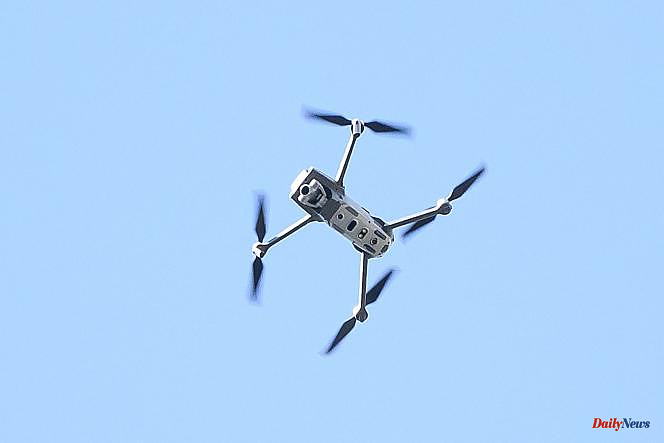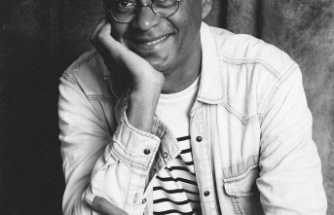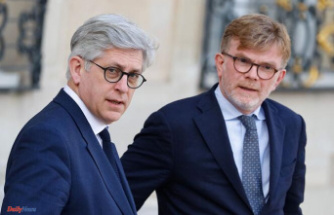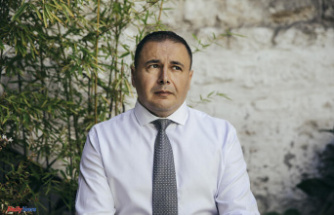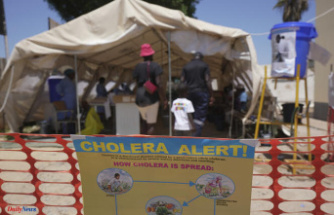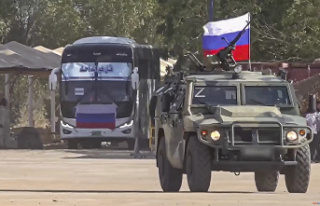For the past few days, the police or the gendarmerie have been able to use surveillance drones, equipped with cameras, in particular when they intervene during demonstrations on the public highway. This was the case for several May Day processions, such as in Paris, Le Havre, Lyon or Bordeaux.
Drones have been used for law enforcement purposes for about fifteen years. As noted in the June 2020 issue of the Revue de la gendarmerie nationale, this use was particularly intensive during operations around the ZADs, in particular that of Notre-Dame-des-Landes (Loire-Atlantique) in 2018, where the deployment of drones was of a level "never reached in Europe". In 2020, several police units had also used it to control containment compliance measures, by flying machines summoning offenders to return home.
Despite this regular use, the legal framework has long been limited or even non-existent. The Council of State has thus twice prohibited the Paris Prefecture of Police (PP) from flying its aircraft without a pilot, for lack of clear text governing the use of images captured by drones: a first time in May 2020 when the PP used them to control containment measures; and again in December after drones were spotted over several Paris protests.
It took time for a framework text to be adopted. The government made a first attempt with article 47 of the law for global security, censored in the process by the Constitutional Council for not having sufficiently respected privacy. The subject was then reintroduced in the law on criminal responsibility and internal security, adopted in December 2021, which laid down a framework for the drone activities of French police officers. A decree issued by the Ministry of the Interior in April finally completed the text.
Seven articles of the Homeland Security Code now define what authorities can do with drones and the images they capture. It should be noted that beyond these devices, any aircraft with cameras, such as a helicopter, is affected by these provisions.
This aerial surveillance "must be strictly necessary for the exercise of the missions concerned and adapted to the circumstances of each intervention". The law provides six reasons that can be invoked by the police or the gendarmes to ask the prefect for authorization to use surveillance drones:
Customs officers, for their part, can request the support of a filming drone for their "missions to prevent cross-border movement of prohibited goods". As for the emergency services (firefighters, for example), they have almost total latitude for the fight against fires and the rescue of people.
The request made by the police must be detailed and must mention in particular the geographical perimeter envisaged, the duration, the procedures for informing the public, the number of cameras recording simultaneously, the technical characteristics of the equipment, etc. The deployment of the drones is then subject to prefectural authorization. The Constitutional Council specified that the latter could only be granted if it was the least intrusive means available to the police.
This authorization cannot last more than three months (in the case of the surveillance of demonstrations, the authorization is interrupted at the end of the gathering) and can only be renewed, always according to the reservations of interpretation of the Constitutional Council, if this is the only solution available.
The drone cannot film either the interior of homes or their entrances (which can, by definition, inform about who is or is not present in a home). If this is the case, however, "recording is immediately terminated". If this is not possible, images are retained for a maximum of forty-eight hours. The law specifies that drone surveillance "cannot be permanent", that the recording must not include sound or facial recognition and must not be crossed with already existing files.
With regard to the recorded images, only the heads of the police, gendarmerie or customs unit carrying out the operation, "authorized (…) personnel", those who participate directly in the operation (in particular within the command post), the "competent administrative and judicial authorities for the needs of the intervention", but also the members of the IGPN and the IGGN in the event of disciplinary proceedings, as well as the "agents in charge of the training of personnel”.
Moreover, "technical devices" must prevent the manipulation of images and keep in memory the history of consultations. The images are kept for seven days – except in the event of a legal inquiry – and then destroyed.
"The public is informed by any appropriate means" of the deployment of the drones, specifies the text (for May 1st in Paris, it was a tweet from the PP) except "when circumstances prohibit it or that this information would conflict with the objectives pursued”. It is not possible to oppose being filmed by these drones, but the people who appear in these images do however have a right of access, rectification and erasure.
The authorities quickly added this new option to their panoply. Since the publication of the decree on April 19, cameras have already been mounted on drones or helicopters during the rally against the A69 motorway project in the Tarn, then around the Stade de France, in the Seine. -Saint-Denis, for the final of the Coupe de France. In Mayotte, a camera installed on a drone will be used for two months in Mamoudzou as part of the "Wuambushu" operation.
After their use during the May Day demonstrations, the authorities were satisfied. "This is the first day where we have avoided tragedies thanks to these drones," said Interior Minister Gérald Darmanin. In Lyon, the device worked "beyond what I hoped" rejoiced, on the antennas of BFM-TV, the prefect of the Rhône, Fabienne Buccio.
Several associations, however, unsuccessfully argued before the Paris administrative court that the order issued by the prefect of police was illegal, denouncing a "dangerous device with regard to fundamental freedoms". According to them, the Prefecture of Police had not proven the "absolute necessity" of the use of drones. They also criticized the important area in which the drones were allowed to fly. “It will change the way of protesting. Until now, when we demonstrate, we are not permanently filmed in a massive and systematic way, but now that will be the case", denounced one of the members of these associations, Jean-Baptiste Soufron, questioned by France info.

